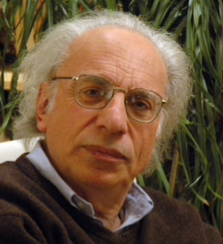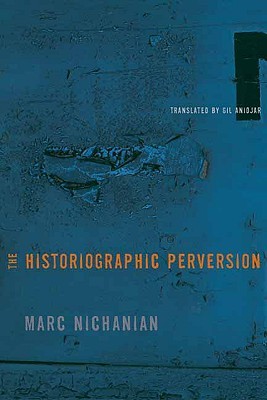Discussing Nichanian’s ‘Historiographic Perversion’ on the denial of the extermination of Armenians in 1915. What is a genocidal will? How are historians and archives complicit? What are the limits of representing genocide through memory, testimony, or art?
BIO Marc Nichanian is an independant scholar living in Lisbon, Portugal. Until 2007, he was professor of Armenian Studies at Columbia University, New York, after which he taught at the Haigazian University in Beirut, and then as a visiting professor at Sabanci University, Istanbul, in the program of Cultural Studies (2008-2014) and more recently at the American University of Armenia (2016-2018).
He is the author of Entre l’art et le témoignage (three volumes, MétisPresse, 2006-2008), The Historiographic Perversion. Trans. Gil Anidjar (Columbia University, 2009), and Edebiyat ve Felaket, the Turkish translation of a series of public lectures in Istanbul (Iletişim, 2011). His most recent publications are: Mourning Philology (Fordham University Press, 2014); in Armenian: Patker, patum, patmut’iun [Image, Narrative, History] (ActualArt, two volumes, 2015 and 2016), Nietzsche, vasn inknishkhanut’ean [Nietzsche, on sovereignty] (Inknagir, 2017), and T’argmanut’ean boven, Michel Foucoyi serayin yent’akan [Through the Crucible of Translation. Michel Foucault’s Sexual Subject] (Inqnagir, 2020); in French: Le Sujet de l’histoire. Vers une phénoménologie du survivant (Lignes, 2015). He is also a translator. His most recent translations into Armenian are the following: three stories by Maurice Blanchot (Death Sentence, The Madness of the Day, The Last Man, 2013), Friedrich Nietzsche’s The Antichrist (2017), Antoine Berman’s The Experience of the Foreign (2017, with Raffi Ajemian), Michel Foucault’s History of Sexuality, volume 1 (2020), Giorgio Agamben’s Homo sacer and The Remnants of Auschwitz (2020).


